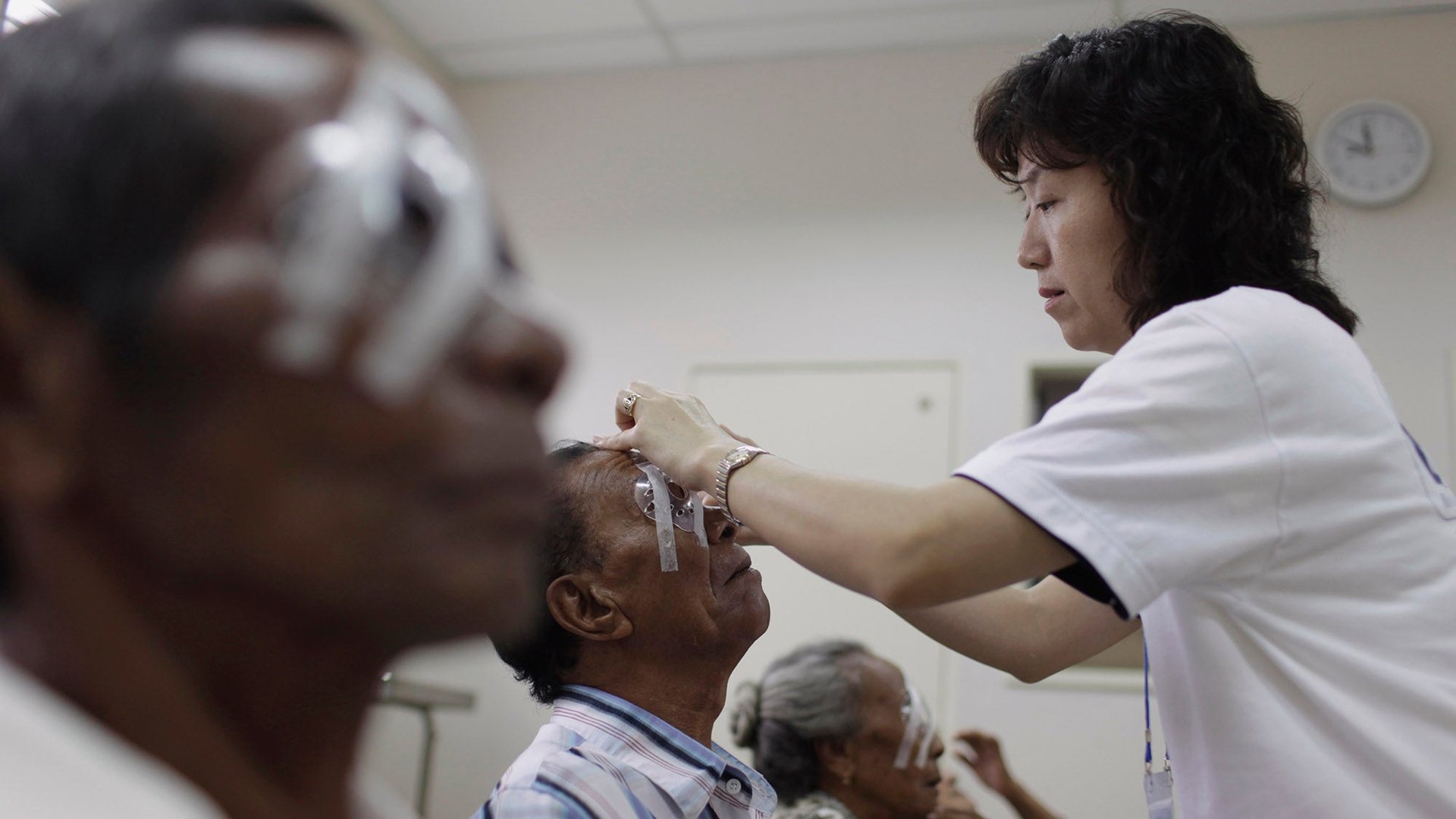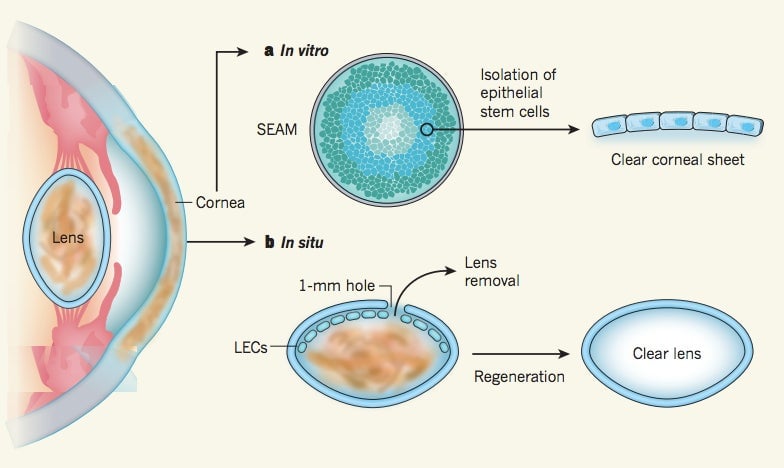Remarkable surgery uses stem cells to regenerate an eye’s lens and restore vision
If worn body parts could be repaired, we could live longer and healthier lives. That is the dream of those working in the field of regenerative medicine. In a feat towards that dream, researchers in China have used a new technique to restore vision in children suffering from cataracts.


If worn body parts could be repaired, we could live longer and healthier lives. That is the dream of those working in the field of regenerative medicine. In a feat towards that dream, researchers in China have used a new technique to restore vision in children suffering from cataracts.
Some 20 million people are blind because of cataracts, which is the result of clouding in the eye lens. The condition is more common among the old, but some children are born with it too.
Conventional treatment of a cataract involves removing the affected eye lens and replacing it with an artificial one. This works well in adults but can cause complications in growing children.
So instead of replacing it with an artificial lens, researchers at Sun Yat-sen University and the University of California at San Diego used body’s own stem cells. These cells are the most promising tool in regenerative medicine, because they can divide into any kind of cell in the body.

The researchers make a small slit in the lens capsule to remove the cloudy cataract. Then the capsule, which is already lined with a type of lens stem cell, is left alone. Slowly the stem cells start regenerating the lens. They first performed the surgery in rabbits and then monkeys. In both cases, they had very high success rates.
They then performed the surgery in 12 children that had cataracts in both eyes. After eight months, they report in Nature, the lens regrew as was hoped. “This is the first time an entire lens has been regenerated. The children … continue to be doing very well with normal vision,” researcher Kang Zhang told the BBC.
The treatment will now need to undergo a bigger trial to be sure that it can be safely used on patients. And it may not work in older patients, whose stem cells are less capable than the youthful ones in children.
Still, this treatment comes at a time when stem cells could prove useful in helping those with other kinds of vision problems. In another study published in Nature, researchers report successfully converting stem cells into cells from the cornea, conjunctiva, and retina. This raises hope not just for repairing other parts of the eye, but for partial eye transplantations to restore vision in those who have previously had no hope of ever being able to see.